
‘Any resemblance between historical accuracy and the story on the screen is purely coincidental,’ says our correspondent as he watches movie about legendary Hungarian mare unbeaten in 54 races
 Bet on Revenge (2017, original title Kincsem)
Bet on Revenge (2017, original title Kincsem)
directed by Gabor Herendi; starring Ervin Nagy, Andrea Petrik, Tibor Gaspar
Once upon a time, there was a horse named Kincsem. From 1876 through 1879, she compiled a record of 54 victories in 54 starts while racing primarily in central Europe, although there were historic sidetrips to England and France.
She became a national hero in her native Hungary, then part of the Austro-Hungarian Empire, and was a favorite of the Emperor. She died on her birthday, at age 13, leaving behind offspring who would influence the breed for generations.
So how does a filmmaker deal with such a creature? With an old-fashioned biopic? A detailed documentary? Or how about a splashy two hours worth of vibrant, Europop soap opera, replete with beautiful people flaunting steam punk couture and naked desires.
Stir in a few surefire plot shots from Wuthering Heights and The Count of Monte Cristo, add one fabulous racehorse, and … bingo! Out comes Bet on Revenge, a high-calorie feast of delightful excess.
Any resemblance between historical accuracy and the story on the screen is purely coincidental. But let’s face it, there is not much cinematic drama in the tale of a horse that we already know never loses a race. So why not lard on the fantasy while clinging to a few actual events, along with the names of real people and pretty places?
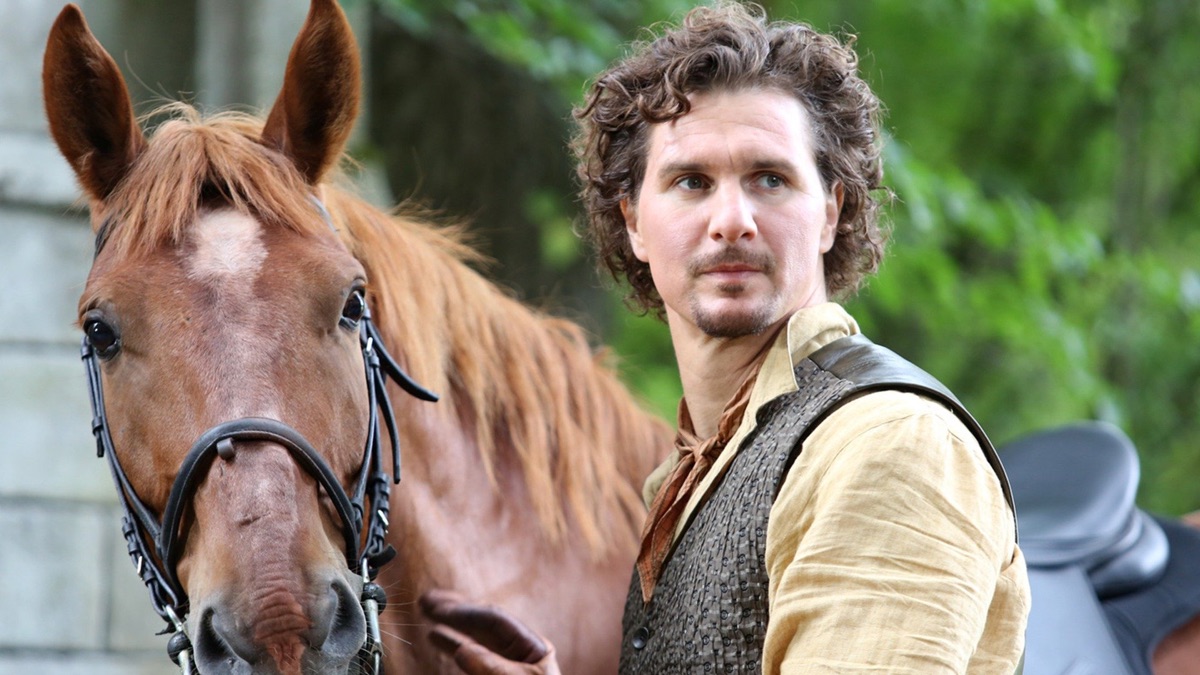 Erno Blasovich is a dead-broke artistocrat and dedicated playboy in his early 30s who is borrowing and partying his way through the indulgent depths of Hungarian society in the 1870s.
Erno Blasovich is a dead-broke artistocrat and dedicated playboy in his early 30s who is borrowing and partying his way through the indulgent depths of Hungarian society in the 1870s.
Horseman of legendary repute
As a boy, he was cheated out of his inheritance by the murder of his father, a respected political leader and horseman of legendary repute. Playboy Erno owns a racehorse he boards on the cuff and loses because he bets the wrong way in a big race. 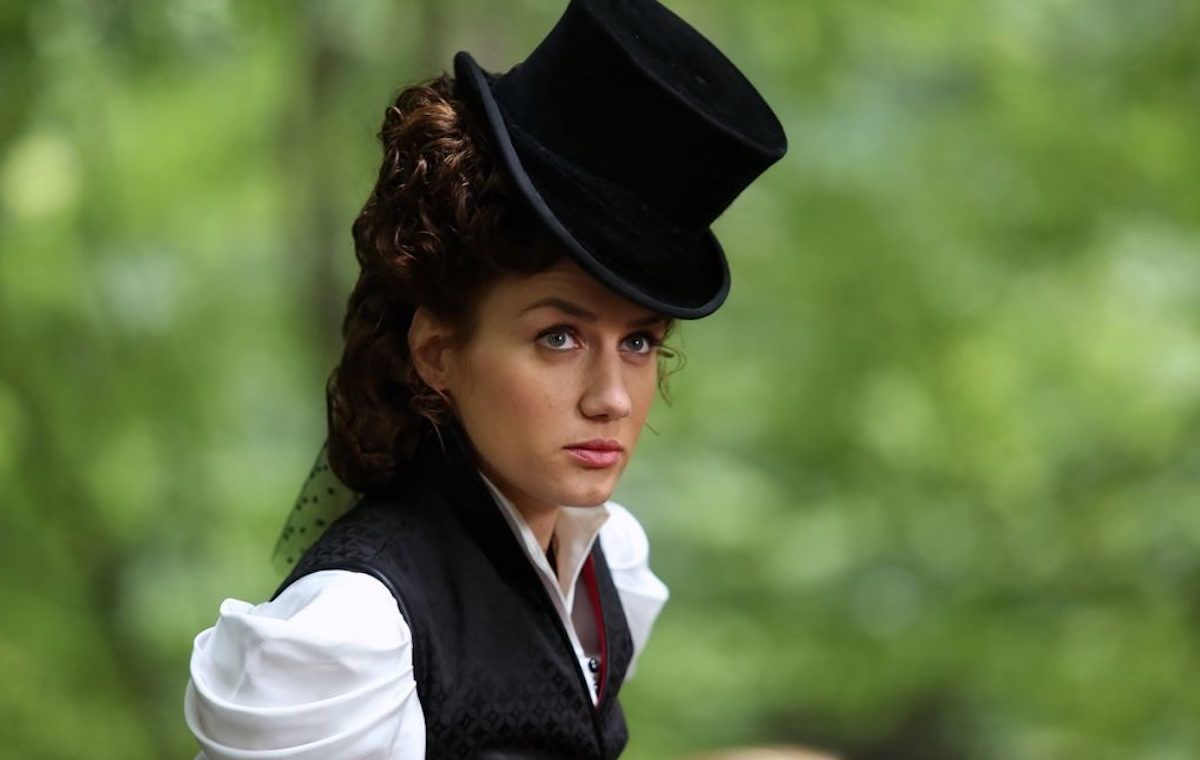
He hustles enough cash to buy a yearling filly he eyed giving her handlers fits before an auction, but he is outbid by – what a surprise! – the daughter of the man who killed his father, now living in Erno’s childhood estate.
Klara von Oetinggen is gorgeous, headstrong, and limps from a mangled ankle suffered in a riding accident as a child. In other words, the complete package.
Through a series of events only movie-lovers could love, Erno ends up buying the filly from Klara with a few crumpled bills fished from his breeches and sets about harnessing her energy with some round pen work that probably would not impress Monty Roberts.
But it works, with the help of – and I kid you not – a black and white stable kitten, whose purring innocence acts as a pacifier for the tempestuous filly. Such a twist will prompt eyerolls from those who were not in the viewing mood for a racetrack version of Milo and Otis.
But believe it or not, the real Kincsem did have a stall cat that traveled with her everywhere, and is even depicted in a famous engraving published during her career, along with her trainer, Robert Hesp.
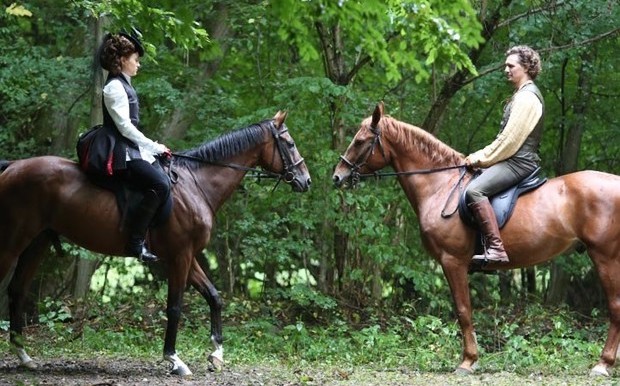 There is also a duel in the first 20 minutes, blood on a signet ring from a cruel blow, a mysterious lost book of horse treatments, a secret passageway, and a rollicking good dance number with modern moves.
There is also a duel in the first 20 minutes, blood on a signet ring from a cruel blow, a mysterious lost book of horse treatments, a secret passageway, and a rollicking good dance number with modern moves.
Bodice unbuttoning
There is no bodice ripping, but there is a bodice unbuttoning, and it is not revealing to much to share that one of the romantic pair has a delicate horse head tattooed on a hindquarter.
When released in Hungary, the film was titled Kincsem, which was basically like opening a flick called Pele in Brazil or Ohtani in Japan.
Then marketing took over for its international release, and the title was changed to make it more accessible to customers who shy away from something they can’t pronounce. Kincsem translates from the Hungarian as ‘my treasure’ and is pronounced ‘KINK-shem’.
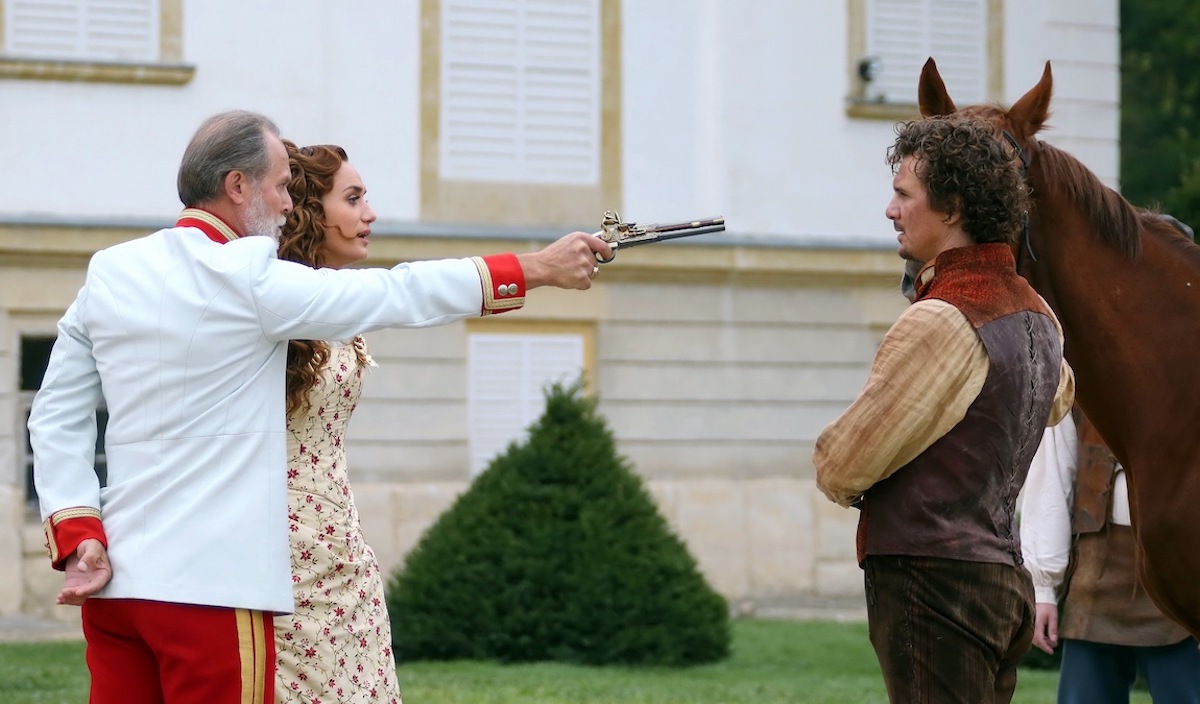 The idea for a movie about Kincsem was floated loudly by Hungarian interests in 2014 as The Invincible, with backing from the government and actors Mads Mikkelsen, Martin Freeman and Ed Harris approached for roles.
The idea for a movie about Kincsem was floated loudly by Hungarian interests in 2014 as The Invincible, with backing from the government and actors Mads Mikkelsen, Martin Freeman and Ed Harris approached for roles.
When the smoke cleared and the mirrors disappeared, Gabor Herendi, a director of popular films, was at the controls of a Kincsem screenplay co-written with veteran Balint Hegedus.
They secured Hungarian movie star Ervin Nagy to be their Blasovich and Yugoslavia’s Andrea Petrik as Klara, an on-screen pairing that required little in the way of subtitles to get the drift of their mutual allure.
Discerning viewer
Also, they can horseback convincingly, especially Nagy, an accomplished amateur rider who is in the saddle aboard the various movie Kincsems in a host of scenes, which can make all the difference in the world to a discerning viewer.
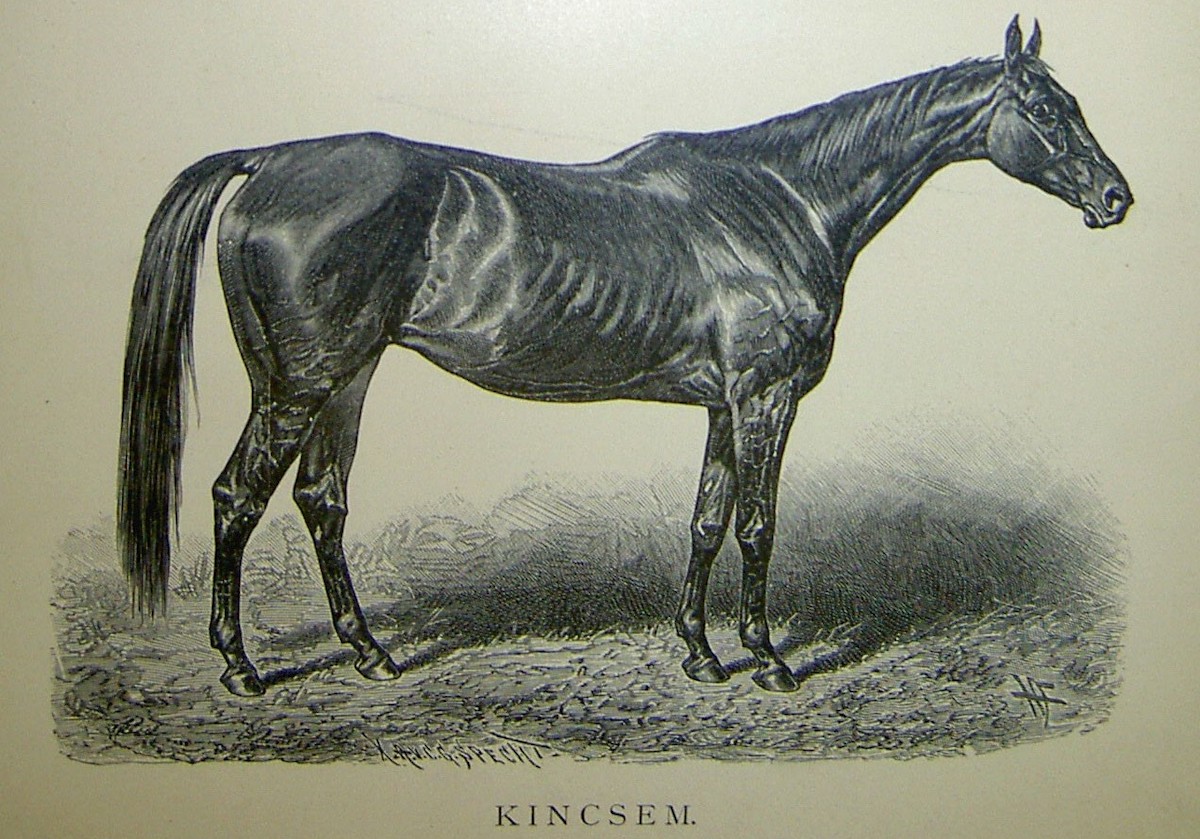 Less effective are the racing segments, which begin well and raise hopes but then disappoint when the stunt jockeys take a hold to manipulate a finish for the camera. To their credit, at least the filmmakers made sure their jocks were riding long and upright, in the European style of the era.
Less effective are the racing segments, which begin well and raise hopes but then disappoint when the stunt jockeys take a hold to manipulate a finish for the camera. To their credit, at least the filmmakers made sure their jocks were riding long and upright, in the European style of the era.
In wrapping one’s brain around the record of the real Kincsem, it must be remembered that the Thoroughbred racing community of 19th century Central Europe was a small club practised by the gentry.
Kincsem would have run against the best available competition, but since prize-money was traditionally paid to only first and second place, large fields were discouraged in the face of dominant runners.
Of her 54 races, six were walkovers and two were run under ‘compromise’ conditions, essentially against a lone opponent with victory conceded. Only 11 of the other 46 races featured fields of more than four.
Nevertheless, there is a reason that Kincsem is such a legendary name in the racing world, as no horse has eve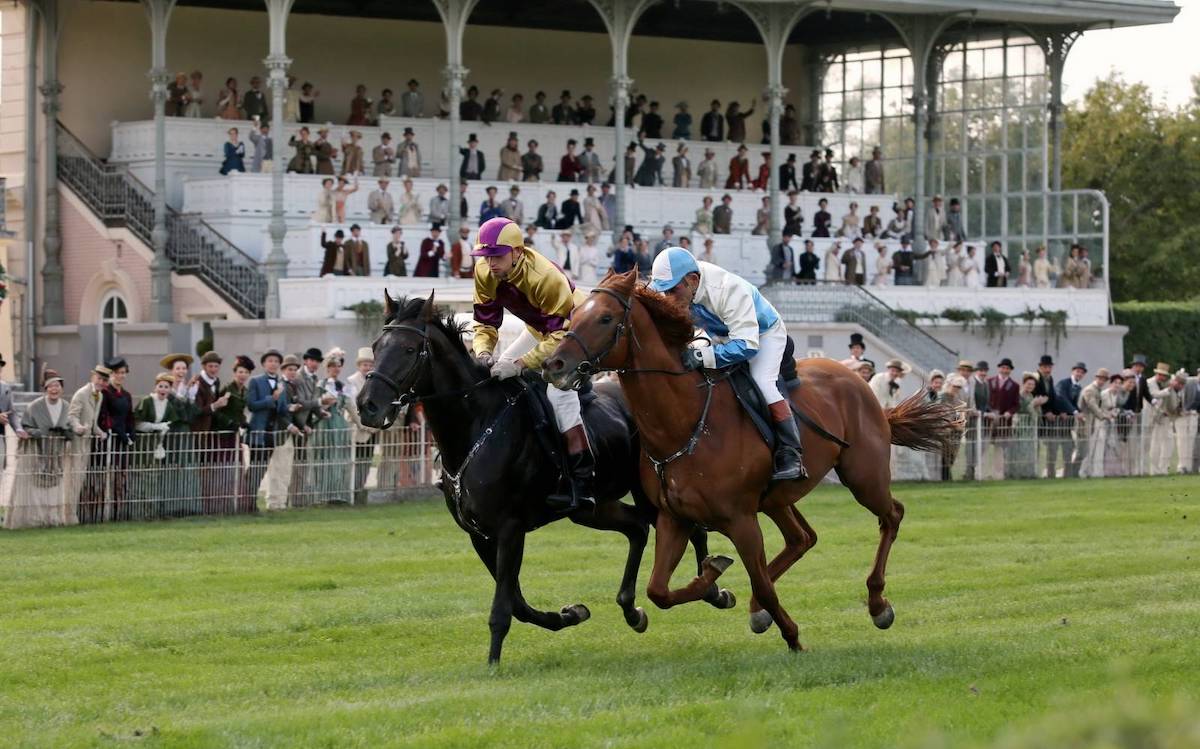 r come close to matching her undefeated record of 54 races. Australian modern-era star Black Caviar comes next, winning all 25 of her races.
r come close to matching her undefeated record of 54 races. Australian modern-era star Black Caviar comes next, winning all 25 of her races.
Double digits
Kincsem would win by double digits or by a calculating half-length. In handicaps at age five, she raced five times under 158 pounds or more – and while nearly all her racing was done in Austria-Hungary, Bohemia and Germany, in 1878 she traveled farther afield to win the Goodwood Cup and Grand Prix de Deauville, then a more prestigious contest than it is now.
The only time Kincsem came close to losing, however, was in the 1878 Grosser Preis von Baden – a race she won three times altogether – when she finished in a dead-heat with Prince Giles The First, then beat him by five lengths in a run-off.
Being such a near-defeat, the dead-heat is played for high drama in the film. Prince Giles is owned by the evil baron who killed Erno’s dad. By circumstances that would rival the most devious tangles of Succession, Blasovich is inspired to have his jockey throw the run-off race in order to take possession of the baron’s daughter.
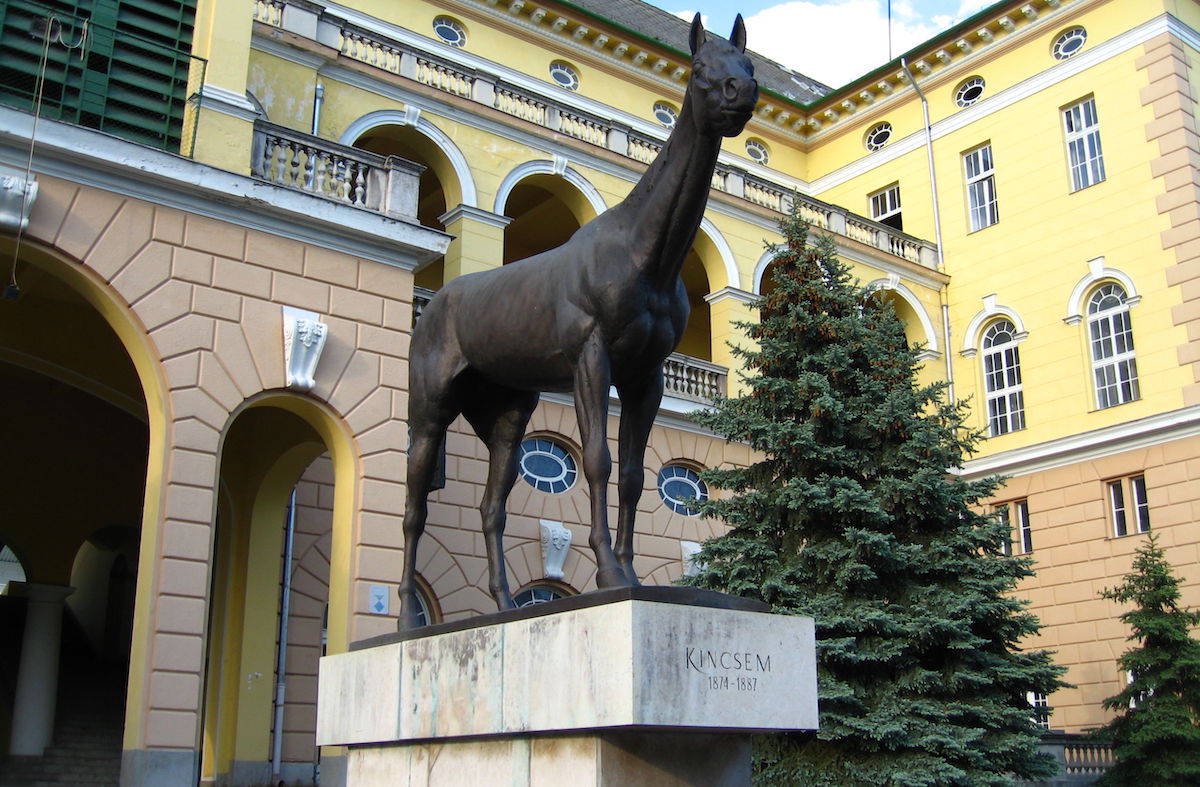 Klara is not down with the deal, but it’s the 19th century so, you know, tough luck. The race ensues, Kincsem’s jockey pulls so hard a rein snaps, and she gallops to victory. Clearly, you can make this stuff up, and it’s raucously entertaining.
Klara is not down with the deal, but it’s the 19th century so, you know, tough luck. The race ensues, Kincsem’s jockey pulls so hard a rein snaps, and she gallops to victory. Clearly, you can make this stuff up, and it’s raucously entertaining.
Sporting its original title, Kincsem set Hungarian box office records right from the gate, which is consistent with the heroic status she enjoys across the culture. Kincsem Park in Budapest lies at the center of Hungary’s racing world, fronted by a life-size statue of the mare. The year-round season presents Thoroughbred, Standardbred, and greyhound racing.
Entrepreneur Tibor Bak has created the Kincsem Group, which has partnered with Goodwood racecourse as official sponsor of the owners and trainers’ facility during the 2024 Qatar Goodwood Festival. Honoring Kincsem’s victory in the 1978 Goodwood Cup, Bak’s company will provide Kincsem labeled luxury products and Kincsem Tokaj, Hungary’s pricey white wine.
 Bak’s company is also creating the Kincsem Hyper GT, a supercar in the mode of a Formula 1 racer. According to the specs, the Kincsem would be “the world’s first nano-photonic light activated solid-state hydrogen hybrid hyper-car.” I have no idea what that means, and I am deeply impressed.
Bak’s company is also creating the Kincsem Hyper GT, a supercar in the mode of a Formula 1 racer. According to the specs, the Kincsem would be “the world’s first nano-photonic light activated solid-state hydrogen hybrid hyper-car.” I have no idea what that means, and I am deeply impressed.
“The story of Kincsem the horse is the inspiration behind the brand,” Bak said when launching the project in 2021. “The ethos behind her training was pioneering and, as a result, her achievements remain unsurpassed.”
• Bet on Revenge is available for a modest rental fee through Amazon Prime. The Kincsem Hyper GT, due out in 2025, will go for several million dollars. Bak noted that there would be only a limited number available in the initial fleet off the assembly line. That number is 54.
• View all Jay Hovdey’s features in his Favorite Racehorses series
Horse racing at the movies: Phar Lap – how a Melbourne Cup icon became a hero of the silver screen
Horse racing at the movies: The Killing is a polished gem in a poisonous setting
Horse racing at the movies: Calvin Borel’s reaction to winning on Mine That Bird was movie magic
Horse racing at the movies: The Black Stallion is a bonafide classic among the greatest horse fables
Horse racing at the movies: Casey’s Shadow gets into the details like few feature films
Horse racing at the movies: Champions was different from the maudlin crowd
View the latest TRC Global Rankings for horses / jockeys / trainers / sires


